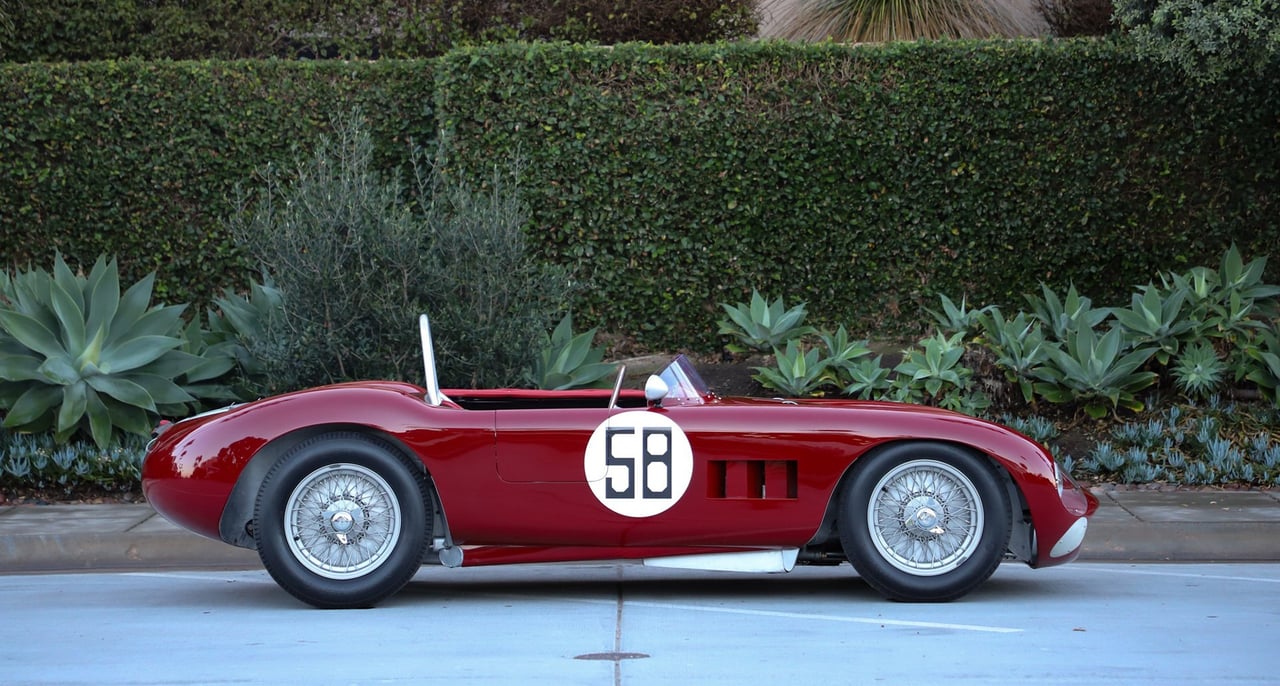
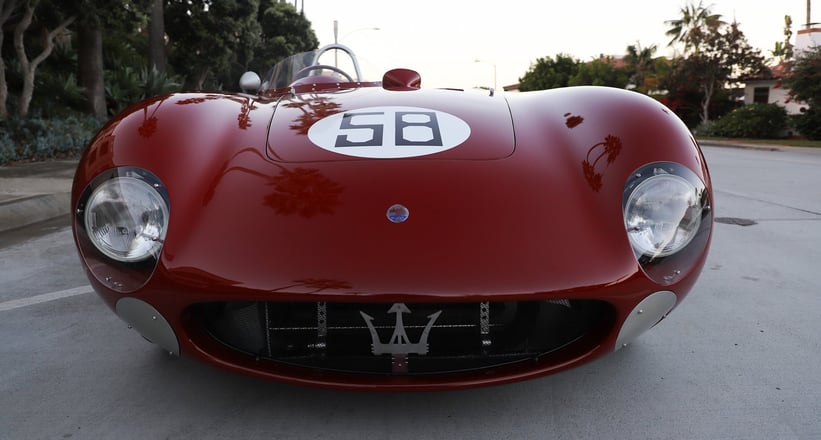
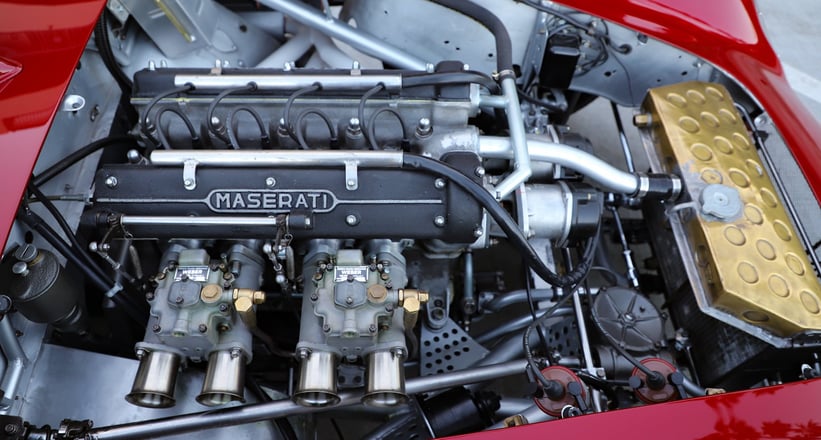
The 1950s were among Maserati’s finest years. They were a true force to be reckoned with, pooling together wonderfully talented designers, engineers and drivers to ensure the Maserati name became the one to beat. After the triumphs of glory with the 8CTF and the legendary 250F, attention then turned to dominating other motorsport disciplines outside of Grand Prix racing. By the autumn of 1955, this very 150S Spyder made its way to the one and only Briggs Cunningham, with racing glory on the top of its agenda.
The 150S Spyder wasn’t just a gorgeous race car to look at, but also one of the most technically advanced designs of its time. It boasted a tubular chassis, with a balanced weight distribution which allowed for optimal handling and performance, with it sleek bodylines aiding airflow and downforce in equal measures. The 150S was given the 1.5-litre inline four-cylinder overhead cam engine, which produced over 165 hp. While the power was adequate, its performance was maximized by an advanced transmission and independent front suspension, allowing the driver to feel truly engaged with the car at high speeds.

This example, after arriving with Cunningham was swiftly put to work, racing at the Presidents Cup at Hagerstown, Maryland. He finished first in class and fifth overall, before heading to the Sebring 12 hours and numerous other USA-based races. When Cunningham had taken delivery of the car, it came with a spare 2.0-litre, which he installed along with several updates from the then fresh-faced 200 S. This very car is in fact the first of just 26 150Ss ever built to run a factory 2-litre engine, and is considered to be one of the most important in the model’s history.
After Cunningham had battled it out in his fair share of races around America, the Maserati spent some time between New York and Philadelphia, before being sympathetically restored by Mario Linke’s shop Methusalem in Germany. As you would expect, immense care was taken to preserve the original elements of the car, which had held up well considering its early racing career. The body, interior alloy panels, dash, seats, engine, transmission, rear axle housing, fuel tank, and more were all preserved and given gentle recommissioning.
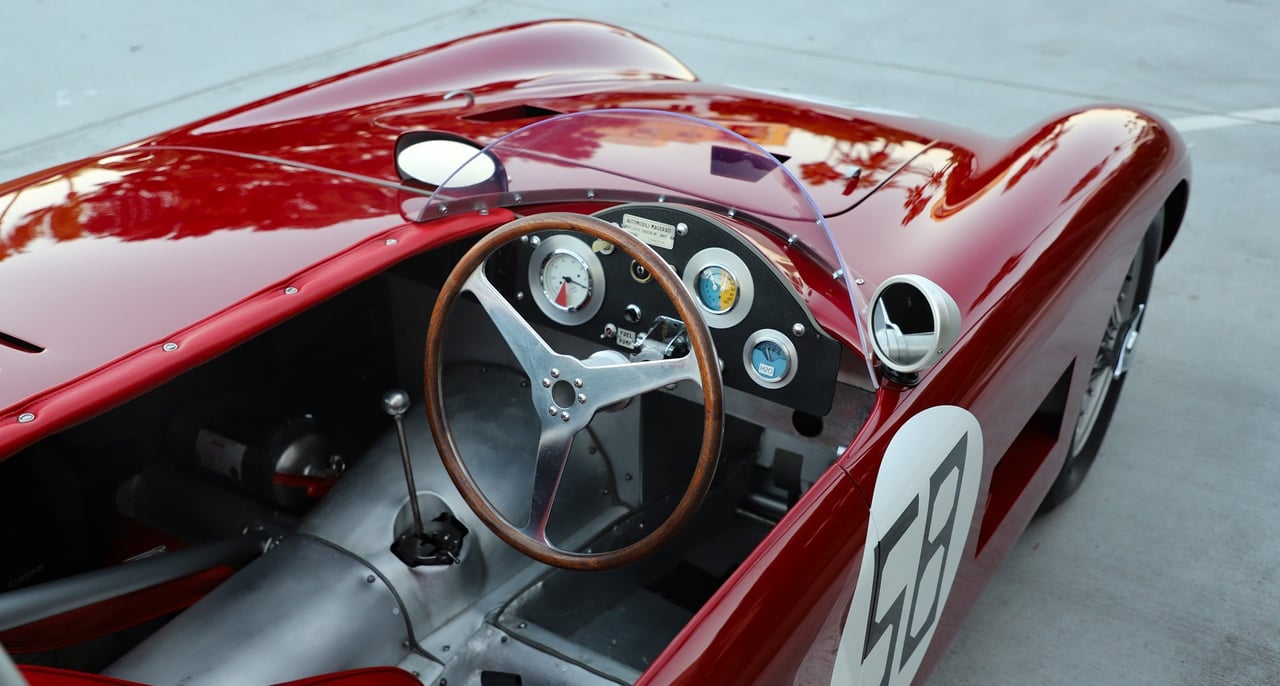

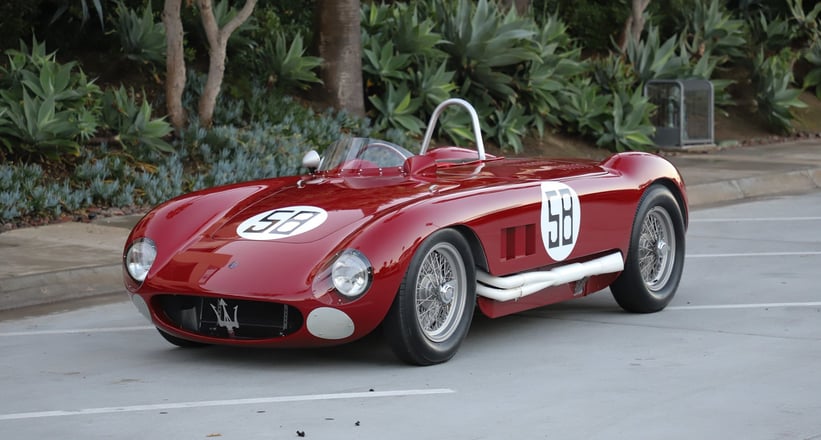
Once complete, the car was ready to hit the circuits once more, only with Europe in its sights now. It performed at true historic racing royalty, including the Monaco Historic Grand Prix and Le Mans. The 150S returned back to the US in 2017, and In 2023 it was restored to a high level of perfection once more, still retaining its original components. As Italian racing legends go, this 150S Spyder must be one of the most famous and original examples available. What’s more, the car is more than eligible to take place in the great historic race venues around the world. From Monaco Historic Grand Prix to the Goodwood Revival, Le Mans Classic to Mille Miglia Historica, the big question is, which one do you take it to first?













